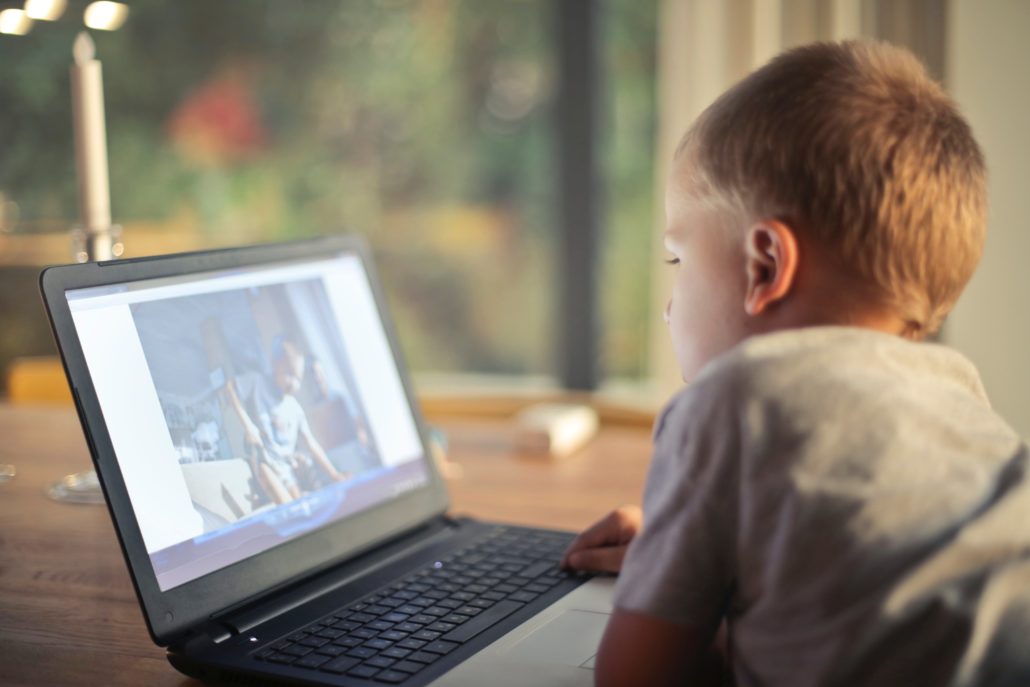

- Call 908 543 4390
- Email
- Dr.Joni Redlich PT,DPT



In a world of cable television, Netflix, and Youtube, it’s easier than ever to find programming for children of all ages. But how much TV is too much TV for kids? In April, the World Health Organization (WHO) released new guidelines for screen time and sedentary behavior for kids under five. The recommendations may have you rethinking a rainy day movie marathon.
Let’s start with the screen time recommendations. For infants and one-year-olds, screen time is not recommended at all. For children ages 2-4, less than one hour per day of screen time is recommended. In fact, WHO recommends that children this young should not be restrained (in a high chair, stroller, booster seat, etc) for more than an hour at a time at all.
So why is all of this important? Childhood, and young childhood specifically, is a time of crucial physical and cognitive development for children. Physical activity and free play allow a baby or toddler to develop strength, balance, and coordination, as well as emerging social skills such as exploring, asking questions about the world around them, and interacting with other kids and taking turns during play. Additionally, getting in the habit of a healthy and physically active lifestyle early in life can prevent childhood obesity and associated health problems later on.
The WHO recommends that babies under one be physically active in a variety of ways several times per day, including at least 30 minutes per day of “tummy time.” For one- and two-year-olds, this increases to 180 minutes of activity of varying intensity spread throughout the day. For three- and four-year olds, at least 180 minutes of active play including at least 60 minutes of moderate or vigorous intensity play is recommended.
So what does all of this mean? Children as young as babies and toddlers need to be busy, active, and curious. Little to no screen time is recommended under age 5, and free play throughout the day and as frequently as possible is recommended. Stuck inside on a rainy day? Read a story book to your baby while she plays on her tummy, rolls, or explores. Create an obstacle course for your toddler including climbing over, under, and around pillows, tables, and toys. Go through the obstacle course with them, and let them problem solve how to get through the course. Read a book, blow bubbles, paint a picture, build a pillow fort, or put on a play. Developing healthy lifestyle habits early in life can help build fine and gross motor skills, and teach children to value healthy habits throughout their childhood and adolescence.

Leave a Reply
Want to join the discussion?Feel free to contribute!